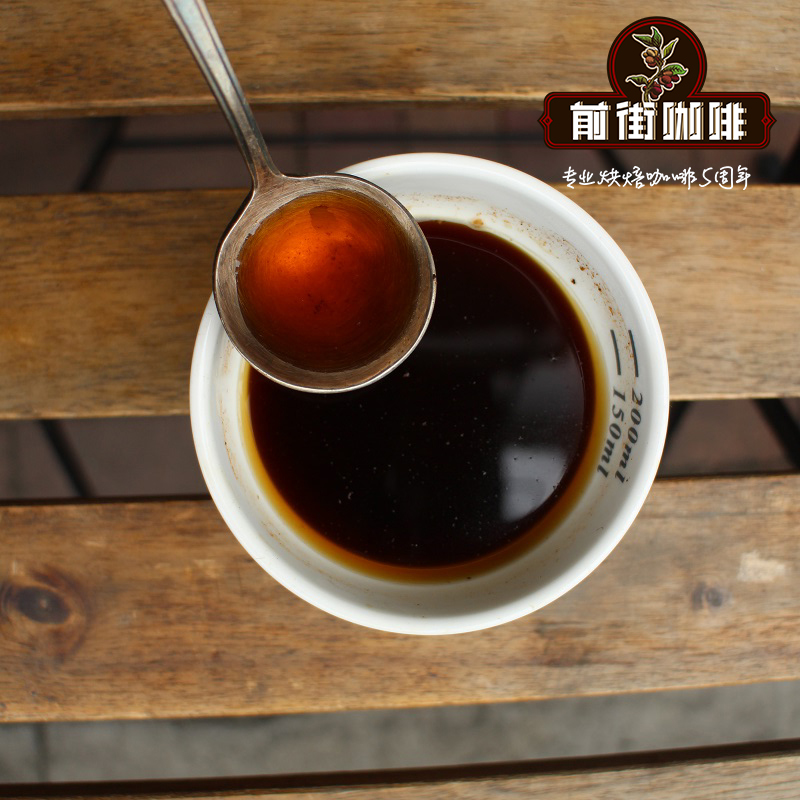Tanzania PB Doudou Mbozi CUP treatment plant washing bourbon seed, Kent

Professional coffee knowledge exchange more coffee bean information please follow the coffee workshop (Wechat official account cafe_style
Round beans from Mbozi CUP processing Plant, Tanzania
Production area: Mbozi District, Songwe Region
Variety: Bourbon bourbon, Kent Kent
Altitude: 1500-1900 m
Treatment method: washing treatment method
Soil: clay mineral
Baking degree: shallowness
Harvesting: manual harvesting
Flavor description: lemon, black tea, raspberry.
Coffee beans in Tanzania have extraordinary quality. The important producing areas are in the mountains near Kenya in the north. Coffee farmers grow coffee 85% of the total, while local coffee farmers grow coffee at an altitude of 1300-2000m. Its coffee flavor is different from that of neighboring Ethiopia and Kenya. It has two national characteristics, thick body, good fruit and flower aroma, so it is worth a try.
Coffee belongs to dicotyledonous plants. Generally speaking, there are two pairs of coffee seeds in a coffee cherry fruit, which is what we call coffee beans.
Compared with pairofflat-sidedbeans, also known as caracol or caracolillo, it means little snail in Spanish.
The production of round beans, botanically, is said to be due to uneven pollination (Arabica coffee is a self-pollinating plant, and if a coffee flower has only one ovary or only one ovary has successfully pollinated, it can only produce one seed). Or uneven nutrition during growth (usually more likely to occur in the coffee fruit growing at the end of the coffee tree), the nutrients are absorbed by only one of the cotyledons Only the cotyledons that get the nutrients and continue to grow grow into a single oval, oval-shaped coffee seed, hence the name of the round bean.
Normally, the proportion of round beans produced by coffee plants is about 3 to 5%, which is relatively rare, and because the shape and size of coffee beans are different from those of normal coffee (flat) beans, round beans are often singled out and sold independently.
END
Important Notice :
前街咖啡 FrontStreet Coffee has moved to new addredd:
FrontStreet Coffee Address: 315,Donghua East Road,GuangZhou
Tel:020 38364473
- Prev

Ethiopia Conga Cooperative washing G1 jasmine, honey grapefruit tea sweet
Professional coffee knowledge exchange more coffee bean information please follow the coffee workshop (Wechat official account cafe_style) Yega Xuefei hole plus washing G1 production area: Yirgacheffe Yega Xuefei Konga hole plus cooperative altitude: 1800 '2000m treatment: Nature Washed/ traditional washing and roasting degree: shallow flavor description: soft acidity, sweet feeling, honey grapefruit
- Next

Water washing treatment of Costa Rican Coffee rare Variety Sikoki Cioccie
Professional coffee knowledge exchange more coffee bean information please follow the coffee workshop (Wechat official account cafe_style Costa Rica Sikoki washing production area: Costa Rican varieties: Sikozy Cioccie treatment: washing treatment roasting degree: shallow flavor description: berries, black tea, sugar sweet. Cioccie was in Ethiopia in 1950s.
Related
- Detailed explanation of Jadeite planting Land in Panamanian Jadeite Manor introduction to the grading system of Jadeite competitive bidding, Red bid, Green bid and Rose Summer
- Story of Coffee planting in Brenka region of Costa Rica Stonehenge Manor anaerobic heavy honey treatment of flavor mouth
- What's on the barrel of Blue Mountain Coffee beans?
- Can American coffee also pull flowers? How to use hot American style to pull out a good-looking pattern?
- Can you make a cold extract with coffee beans? What is the right proportion for cold-extracted coffee formula?
- Indonesian PWN Gold Mandrine Coffee Origin Features Flavor How to Chong? Mandolin coffee is American.
- A brief introduction to the flavor characteristics of Brazilian yellow bourbon coffee beans
- What is the effect of different water quality on the flavor of cold-extracted coffee? What kind of water is best for brewing coffee?
- Why do you think of Rose Summer whenever you mention Panamanian coffee?
- Introduction to the characteristics of authentic blue mountain coffee bean producing areas? What is the CIB Coffee Authority in Jamaica?

